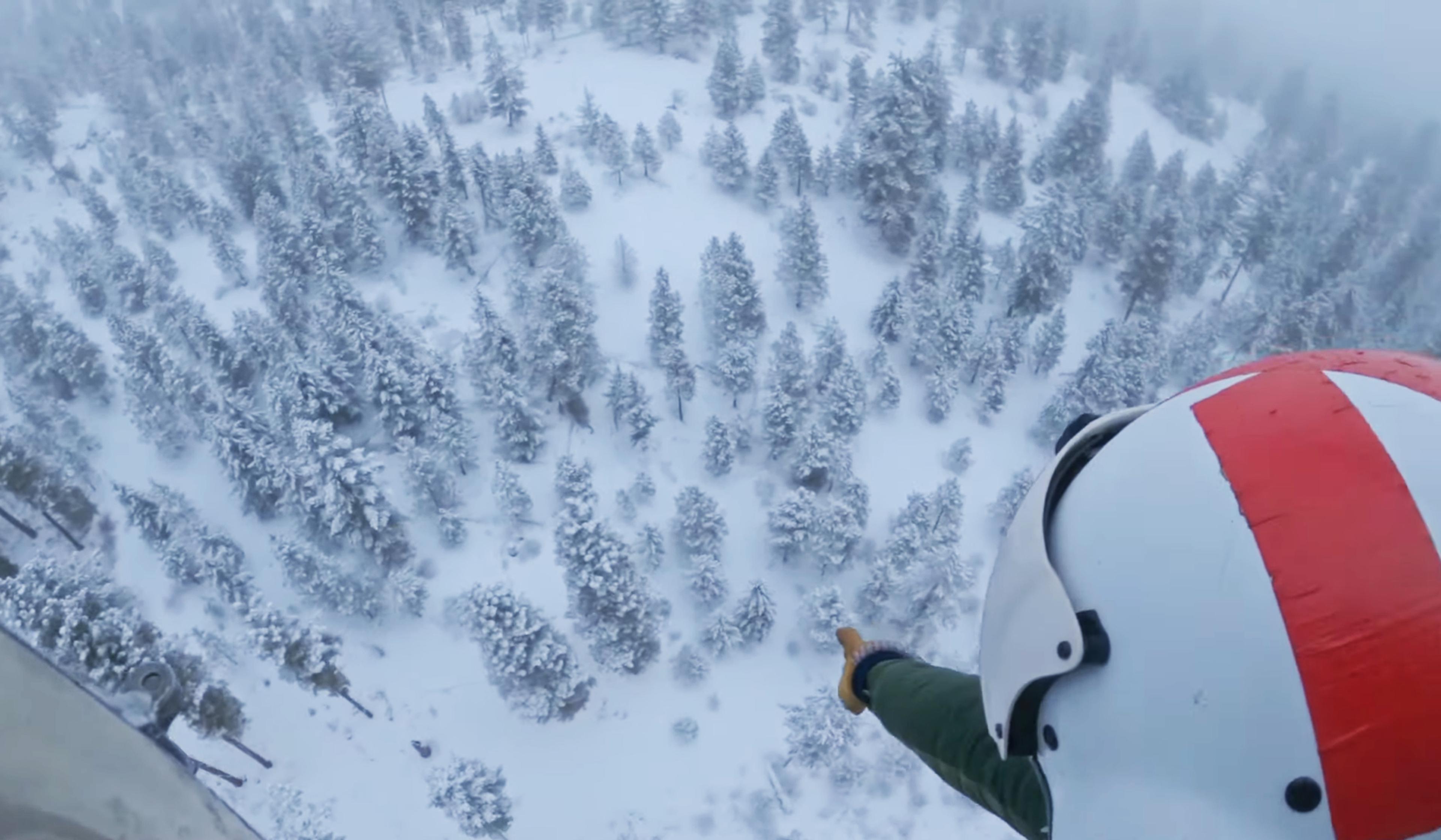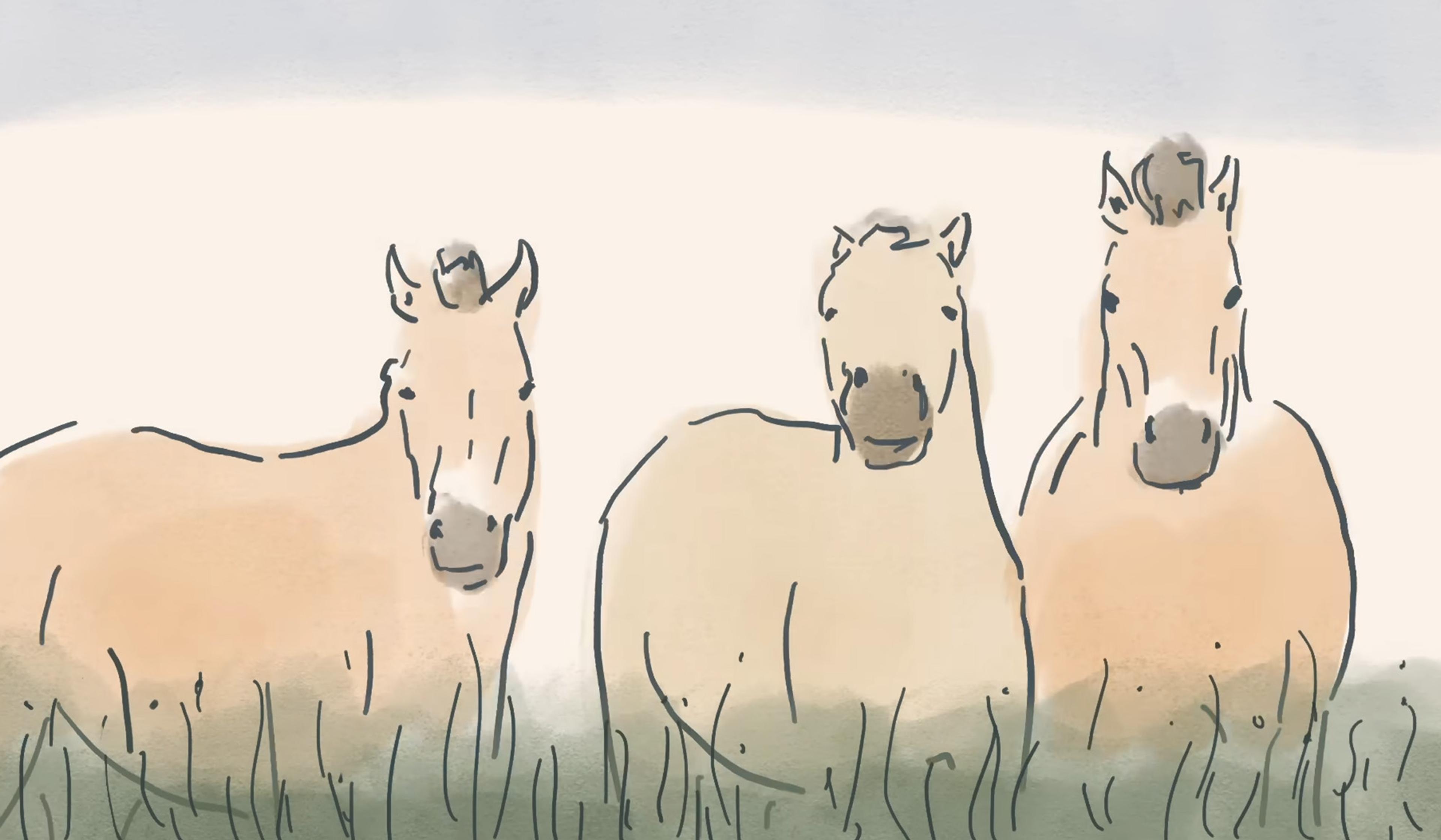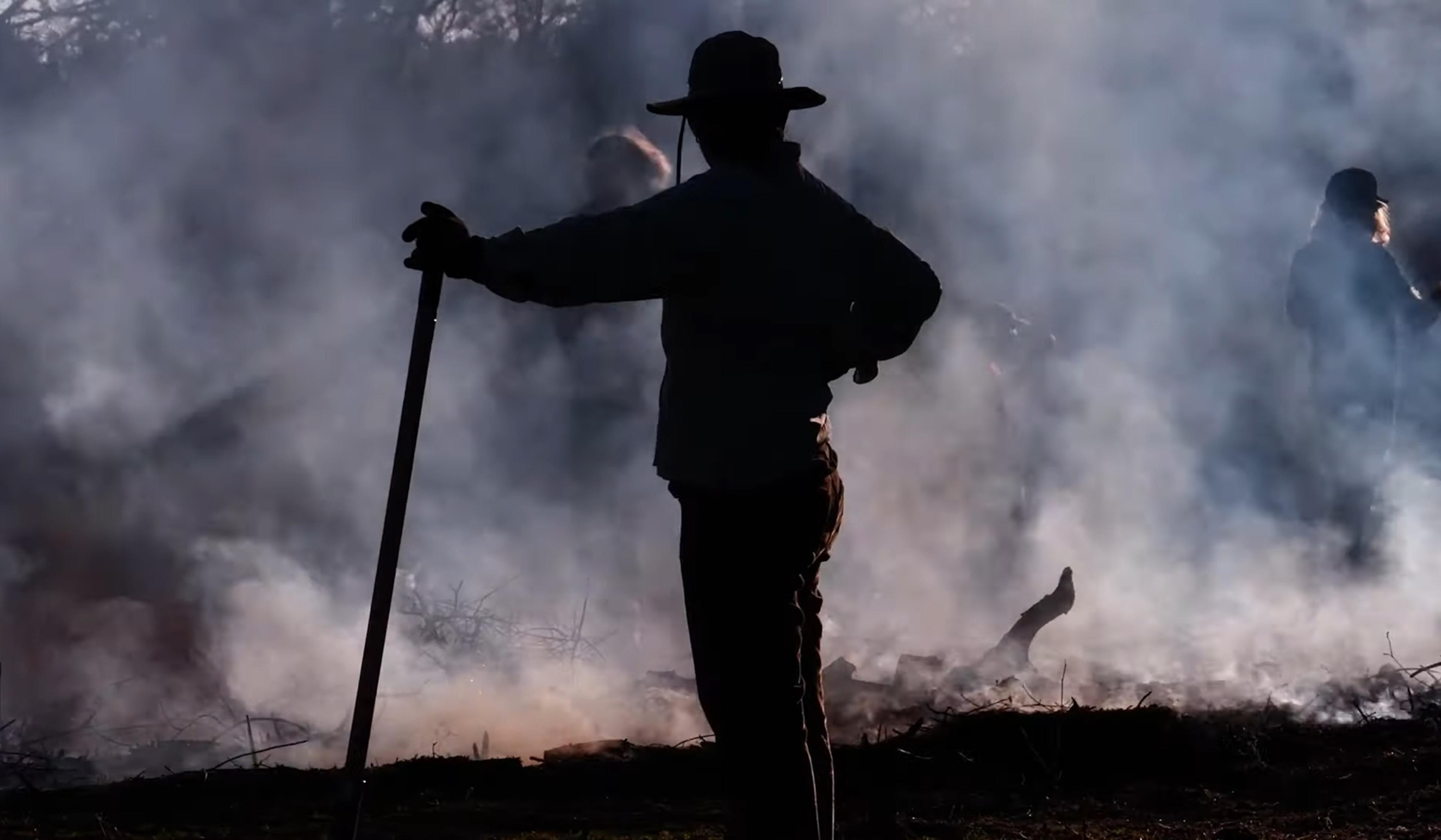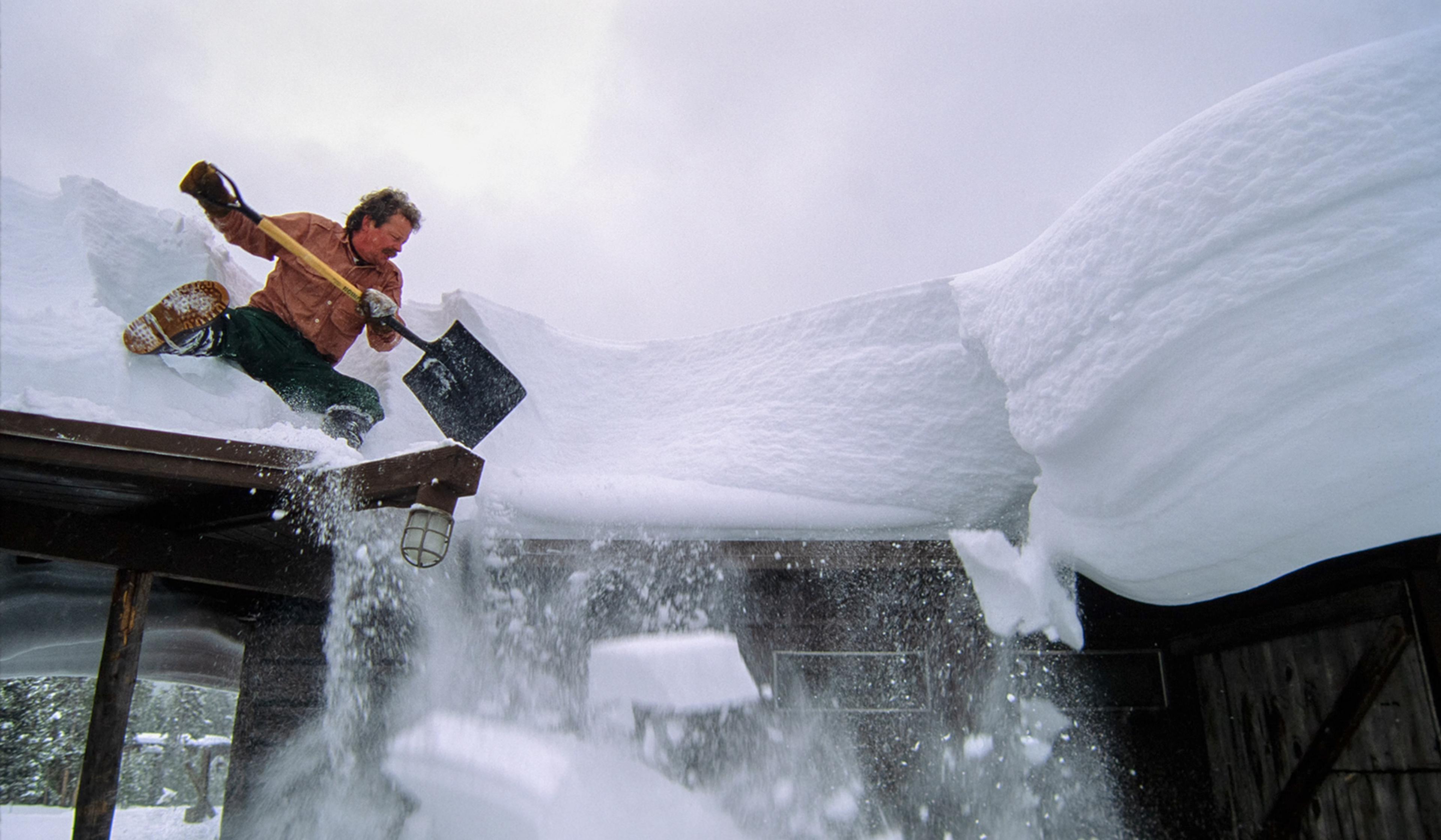Yellowstone’s reintroduction of wolves in 1995 is one of the best-known instances of a trophic cascade – a single change in a food chain that transforms an entire ecosystem. The return of the wolves rejuvenated wildlife in the park from top to bottom, even changing the area’s physical geography as native animals and plants reasserted themselves. Narrated by George Monbiot, How Wolves Change Rivers chronicles how Yellowstone’s extraordinary success in rewilding stems from a decrease in invasive and overpopulated species such as coyote and deer thanks to just 66 wolves returning after a 70-year absence from the park.
How the return of just 66 wolves rejuvenated Yellowstone’s entire ecosystem
Video by Sustainable Human

videoEcology and environmental sciences
From helicopter flybys to trail cameras, there’s no one way to count a wolf
8 minutes

videoAnimals and humans
Scientists brought a wild horse back from extinction. But is it truly the same animal?
5 minutes

videoAnimals and humans
The divisive debate over hunting Norway’s endangered wolves
29 minutes

videoThe environment
‘Wildlife management is really a misnomer. It’s about managing people’
18 minutes

videoBiology
A masterwork of nature filmmaking that helped transform how wolves were seen
20 minutes

videoThe environment
Can combining commerce and conservation keep American bison in the wild?
15 minutes

videoEcology and environmental sciences
To renew Yosemite, California should embrace a once-outlawed Indigenous practice
6 minutes

videoNature and landscape
What it’s like to care for Yellowstone during its quietest – and coldest – months
13 minutes

videoEcology and environmental sciences
Join endangered whooping cranes on their perilous migratory path over North America
6 minutes